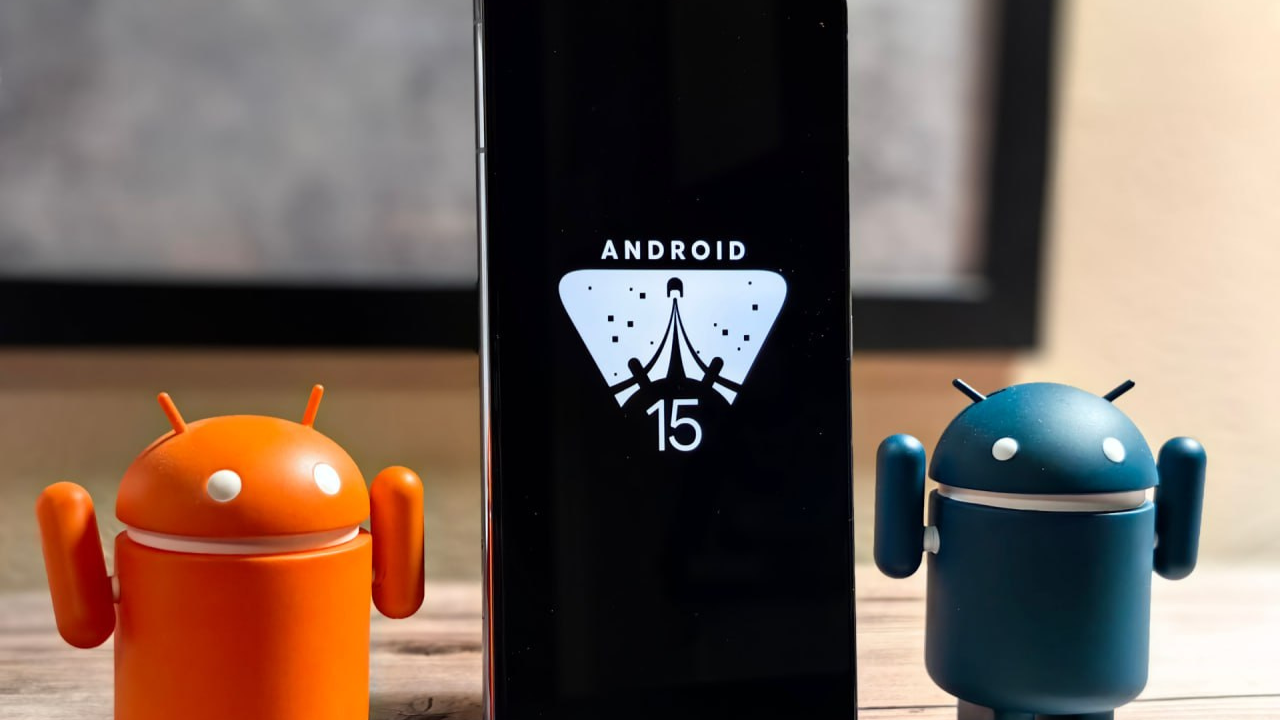Key Points:
- Backup Essential Data: Downgrading will erase all data on your device, so ensure you back up everything important before starting the process.
- Use Reliable Tools: Utilize the Android Flash Tool or command-line tools like ADB and Fastboot for a smooth downgrade experience.
- Follow Steps Precisely: Adhere to the detailed guide to avoid complications and ensure a successful downgrade.
Google frequently offers developers and users early access to upcoming Android versions, allowing them to test and explore new features. In 2024, this means Android 15, which is currently in its Developer Preview phase. However, these pre-release versions can be buggy, and you might find yourself needing to revert to the stable Android 14. Here’s a comprehensive guide on how to downgrade from Android 15 to Android 14 on your Google Pixel device.
Preparation: Backup Your Data
Before initiating the downgrade, it’s crucial to back up all your data. This process will wipe your device multiple times, erasing everything stored on it. Use Google’s built-in backup features or third-party tools to ensure you don’t lose any important information.
Quick Method 1: Unenroll from the Beta Program
The simplest way to revert to Android 14 during the public beta phase is by unenrolling from the beta program:
- Visit the Android Beta Program page.
- Locate your enrolled device and select “Opt-out.”
- An OTA update will be sent to your device, wiping it clean and installing the latest stable version of Android.
Note: This method doesn’t work if you’re on a Developer Preview build; you’ll need to use the manual method below.
Quick Method 2: Use the Android Flash Tool
The Android Flash Tool is the quickest manual method to downgrade your phone. It simplifies the process by automating many of the steps involved.
- Download and Install the Android SDK Platform-Tools: Obtain the platform-tools package from the Android developer site.
- Enable Developer Options and USB Debugging:
- Go to Settings > About phone and tap “Build number” seven times to enable Developer Options.
- Navigate to Settings > System > Developer options and enable “USB debugging” and “OEM unlocking.”
- Download the Factory Image: Get the correct factory image for your device from the Google Factory Images page.
- Boot into the Bootloader:
- Connect your device to your computer.
- Open the command line (CMD for Windows, Terminal for Mac) and navigate to the platform tools folder.
- Enter
adb reboot bootloaderto reboot into the bootloader mode.
- Unlock the Bootloader: Use the command
fastboot flashing unlock. Confirm the unlock on your device using the volume and power buttons. - Flash the Factory Image:
- Extract the downloaded factory image into the platform tools folder.
- Run the
flash-allscript included in the extracted files.
Step-by-Step Downgrade Process
Step 1: Download and Install Android SDK Platform Tools
Download the latest version of the Android SDK Platform Tools from Google’s developer site. Unzip the downloaded file to a convenient location on your computer.
Step 2: Enable USB Debugging and OEM Unlocking
- Go to Settings > About phone and tap “Build number” seven times to enable Developer Options.
- Navigate to Settings > System > Developer options and enable “OEM unlocking” and “USB debugging.”
Step 3: Download the Factory Image
Visit the Google Factory Images page and download the factory image for your specific Pixel model. Extract the files into the platform tools folder.
Step 4: Boot into the Device Bootloader
Connect your Pixel to your computer via USB. Open a command prompt in the platform-tools folder (CMD for Windows, Terminal for Mac) and type:
- For Windows:
adb reboot bootloader - For Mac:
./adb reboot bootloader
Step 5: Unlock the Bootloader
In the command prompt, enter:
- For Windows:
fastboot flashing unlock - For Mac:
./fastboot flashing unlock
Confirm the unlock on your device using the physical buttons. This will wipe your device.
Step 6a: Flash the Factory Image
With your device in bootloader mode, open a command prompt and run:
- For Windows:
flash-all - For Mac:
./flash-all.sh
This will start the flashing process, which may take several minutes. Do not disconnect your device during this time.
Step 6b: Using the Android Flash Tool
Alternatively, use the Android Flash Tool for a browser-based method:
- Connect your device and visit the Android Flash Tool site.
- Follow the prompts to select your device and the desired factory image.
- Click “Install” and follow the on-screen instructions.
Step 7: Relock the Bootloader (Optional)
To relock the bootloader and receive future OTA updates, follow these steps:
- Reboot your device into bootloader mode again using
adb reboot bootloader. - In the command prompt, enter:
- For Windows:
fastboot flashing lock - For Mac:
./fastboot flashing lock
- For Windows:
- Confirm the lock on your device using the physical buttons.
Step 8: Reboot Your Phone
Once the process completes, your device will reboot into the stable Android 14. Go through the initial setup, restore your backup, and enjoy a stable experience.
Troubleshooting Tips
- If you encounter issues, use different USB cables, preferably USB-A to USB-C.
- On some M-series Macs, using a USB hub can resolve connectivity problems.
- Ensure you have the latest version of platform tools to avoid compatibility issues.
Conclusion
Downgrading from Android 15 to Android 14 on a Google Pixel involves careful preparation and following specific steps. While the process can seem daunting, using the Android Flash Tool simplifies many aspects, making it accessible even to those less familiar with command-line operations. Always back up your data and follow each step precisely to avoid complications.
